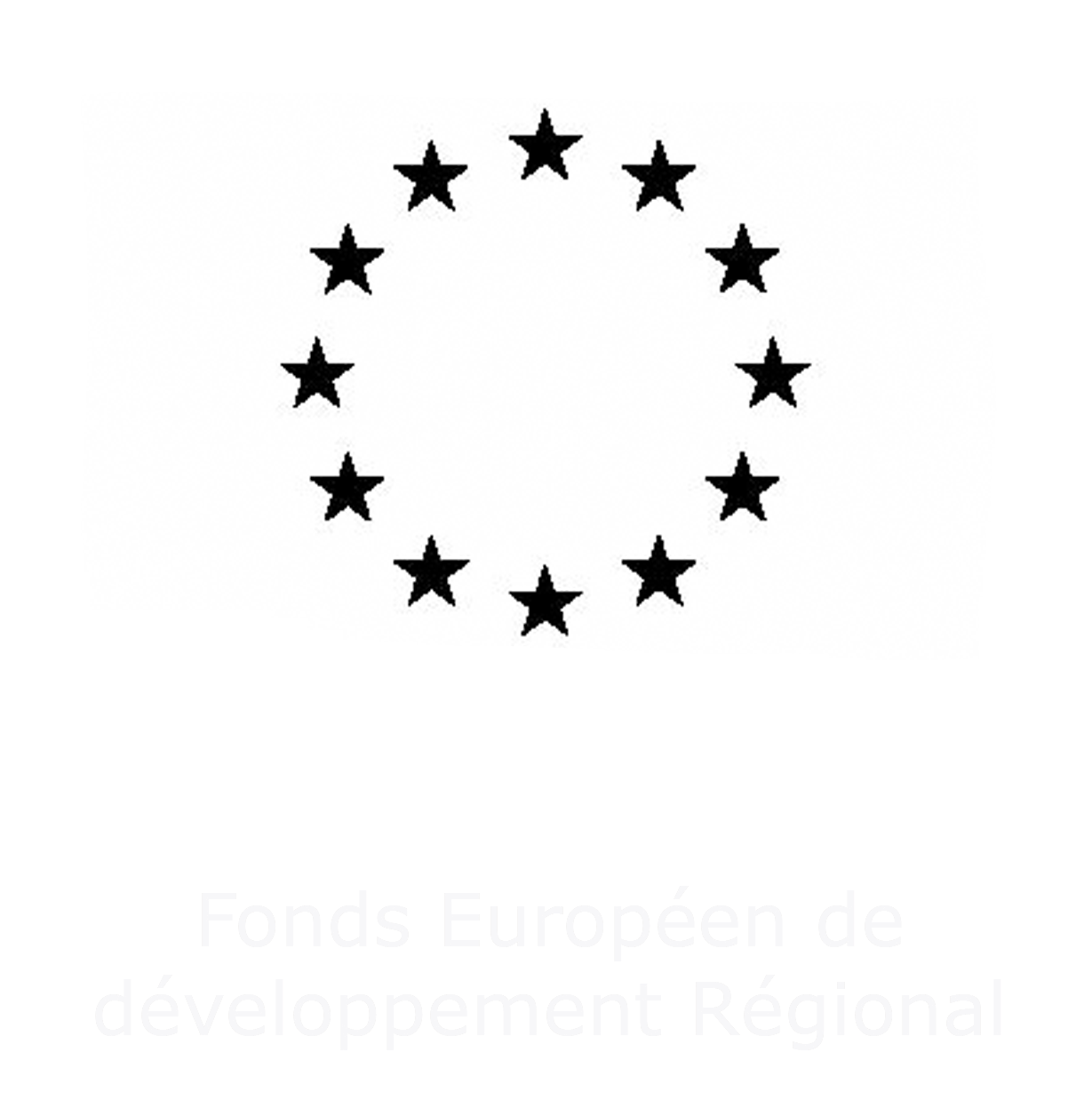Industrial revival
Industrial relations
The University of Limoges collaborates with many regional, national and international industrial companies. The research conducted at the University of Limoges results in very concrete industrial applications or even to industrial or research contracts with large organisations.
Joint research laboratories
Sought by many industrial companies, the University of Limoges has created many joint research laboratories shared with large groups. Through them, the University of Limoges is making a direct contribution to regional and national industrial revival.
- MITIC between the company Thales and XLIM for microwaves
- AXIS between the company Thales and XLIM for innovation and research into space
- NXL between the company NXP Semiconductors and XLIM, works on the design of radio frequency analogue systems
- LEV3E between the [Atomic Energy and Alternative Energies Commission] Commissariat à l’énergie atomique et aux énergies alternatives and XLIM, works on electromagnetic systems for security and defence applications
- X-LAS between the company CILAS and XLIM on fibre lasers
- Joint laboratory, Air Liquide S.A., between the company AIR LIQUIDE and SPCTS, produces synthetic gas, including hydrogen, as an energy vector
- Correspondant laboratory, CEA Le Ripault, between the Commissariat à l’Energie Atomique [Atomic Energy Commission] and the laboratory SPCTS on thermal spraying processes
- [Transparent Ceramics for Laser Application] (Céramiques Transparentes pour application Laser) LCTL between the company CILAS and SPCTS is interested in ceramic materials for laser applications.
Valuation and transfer
The University of Limoges also contributes to industrial revival through the valuation and transfer of the results of its research.
The laboratory SPCTS has developed a proprietary method for the use of ceramic material with a 3D printer, for example, which is the subject of a patent and has led to the creation of the company 3DCeram.
A collaboration with biologists and physicians resulted in a world first in terms of medical application: a piece of biocompatible ceramic was able to be developed and replaced a piece of human skull.
The laboratory XLIM, in association with SPCTS, has been able to work on ceramic objects intended for electronic and optical components. These objects and components have, in particular, been integrated in telecommunications satellites.
The chemists at LCSN [Natural Substances Chemistry Laboratory/NSCL] and the ceramicists at GEMH have developed an original natural coating film by optimising a green chemistry process that allows the homogeneous incorporation of minerals into a matrix of biopolymers of plant origin. The resulting products have applications in industries in the food, health nutrition, cosmetics and veterinary product sectors. The company ECOMERIS, an innovative start-up emerging from the technology incubator of Limousin, now operates the process at its NovaPôle site in Brive.



